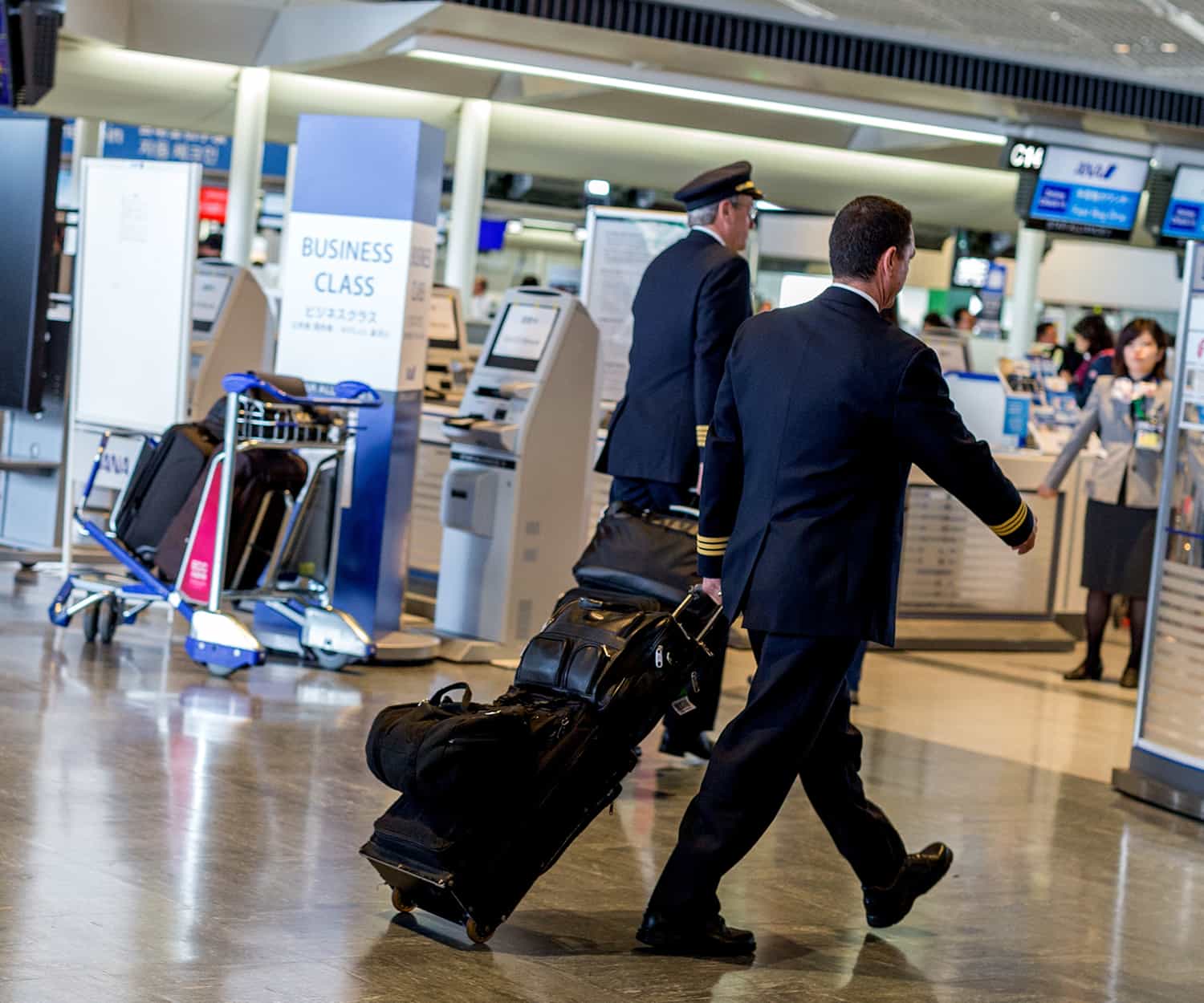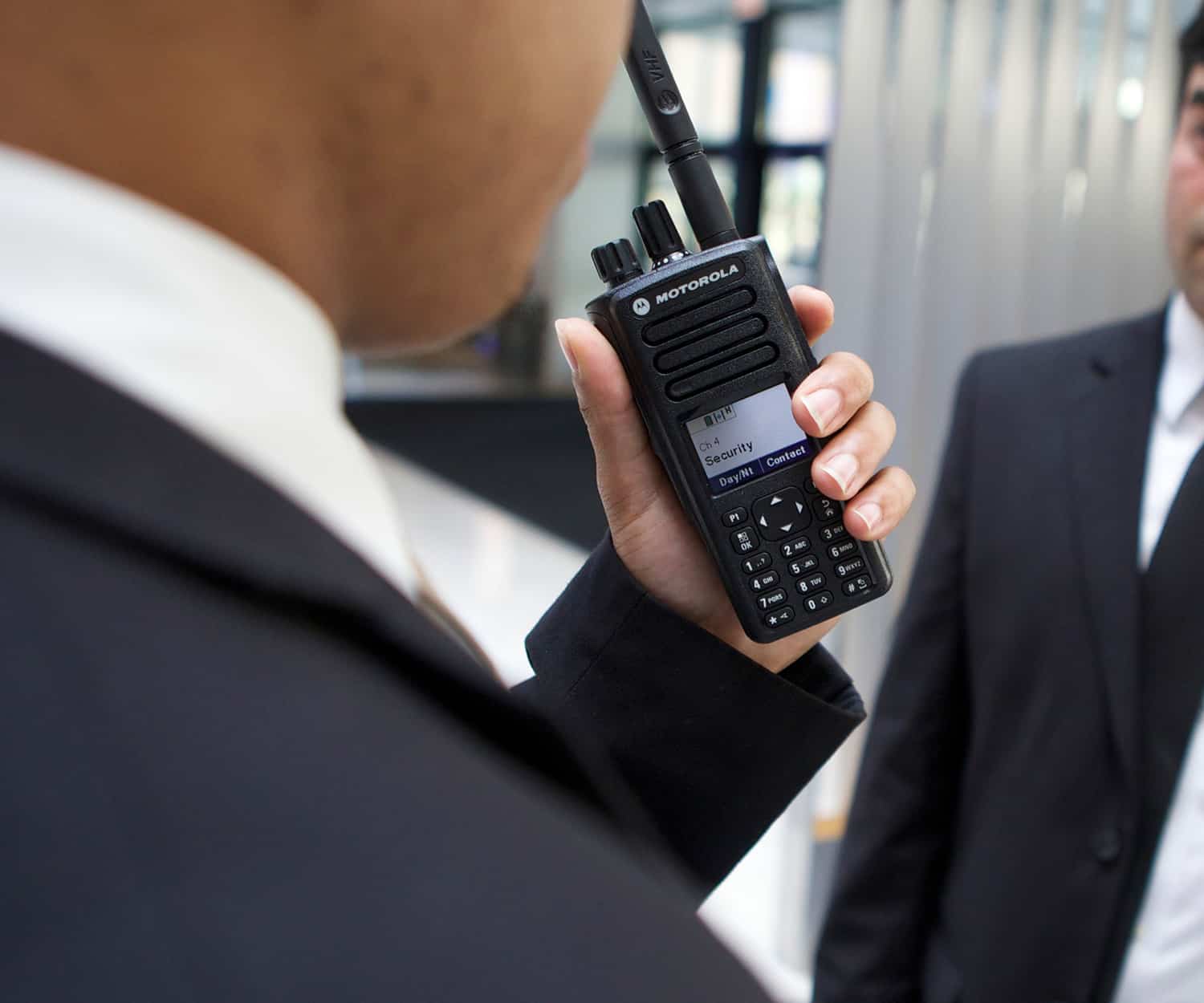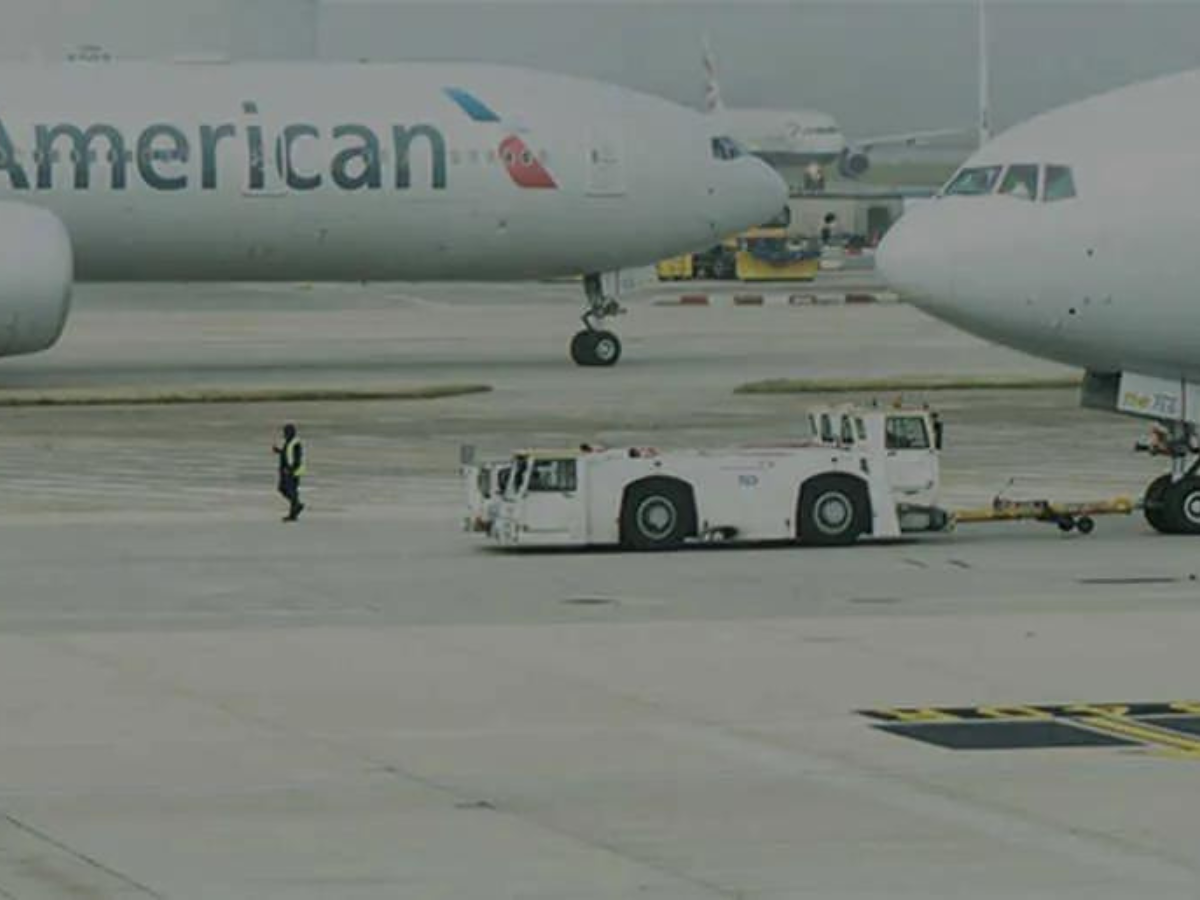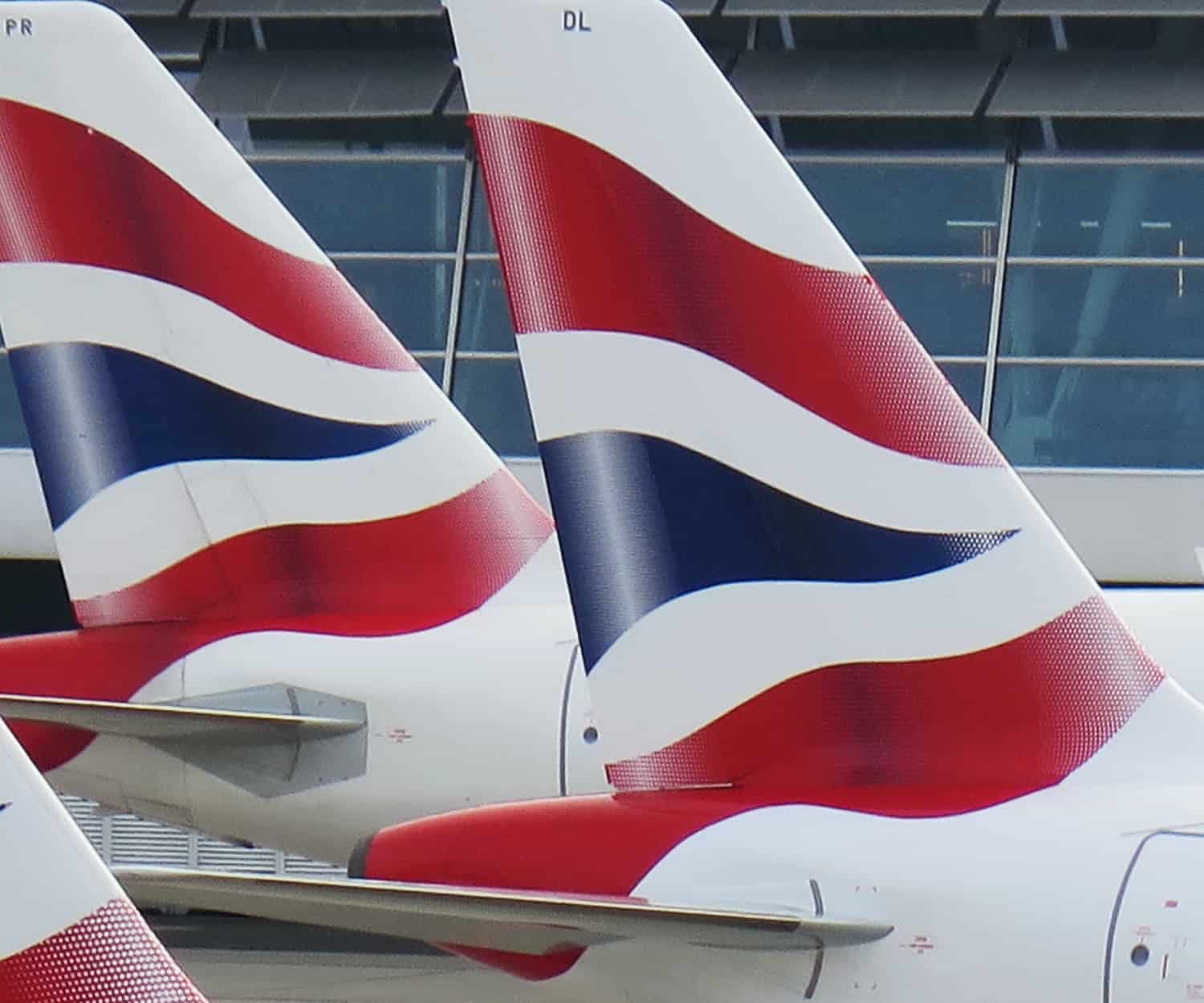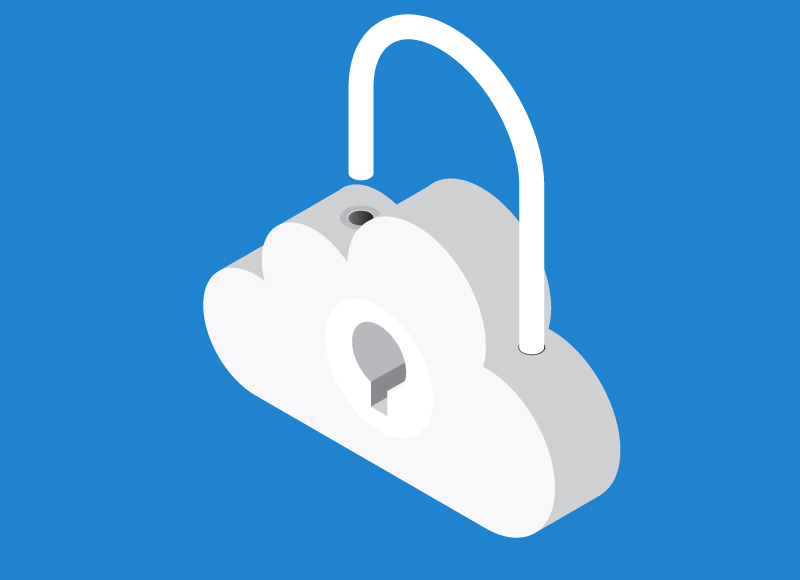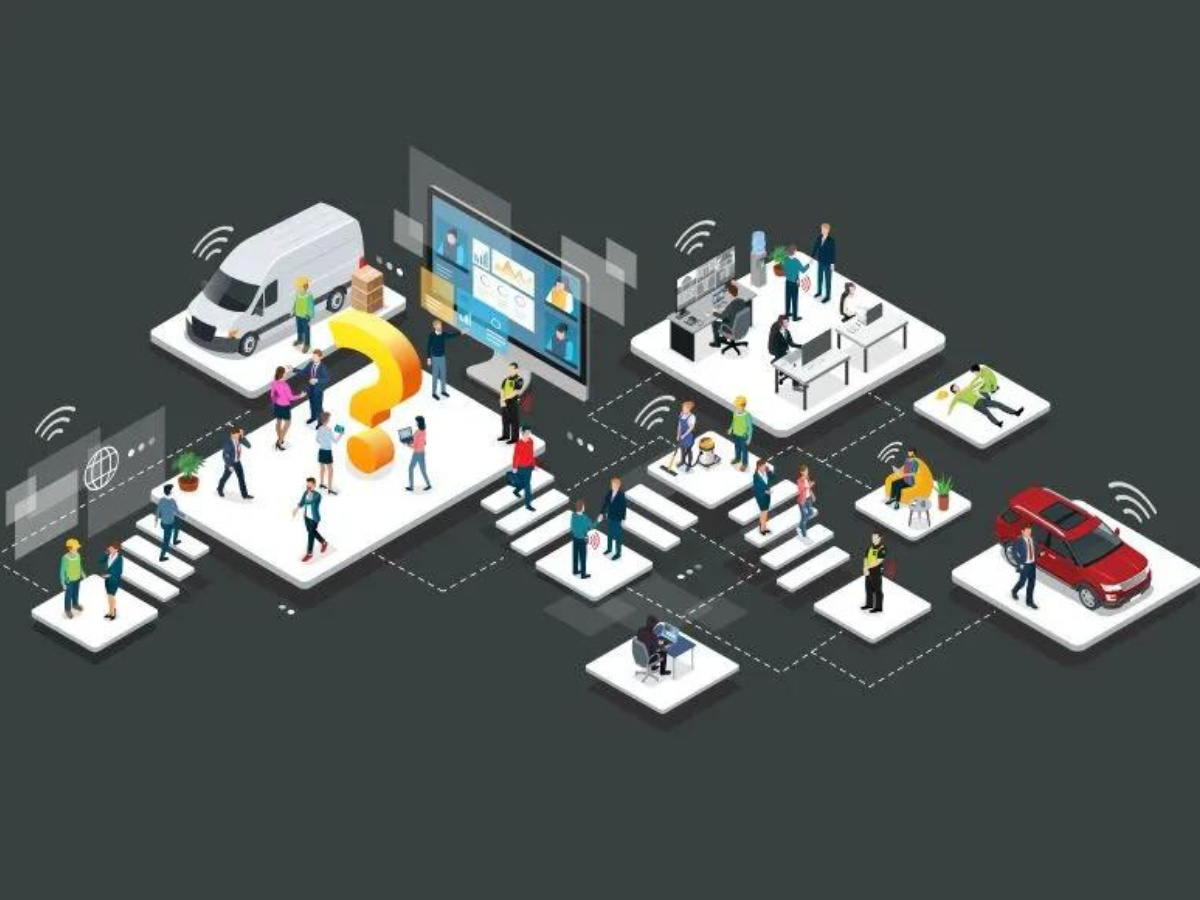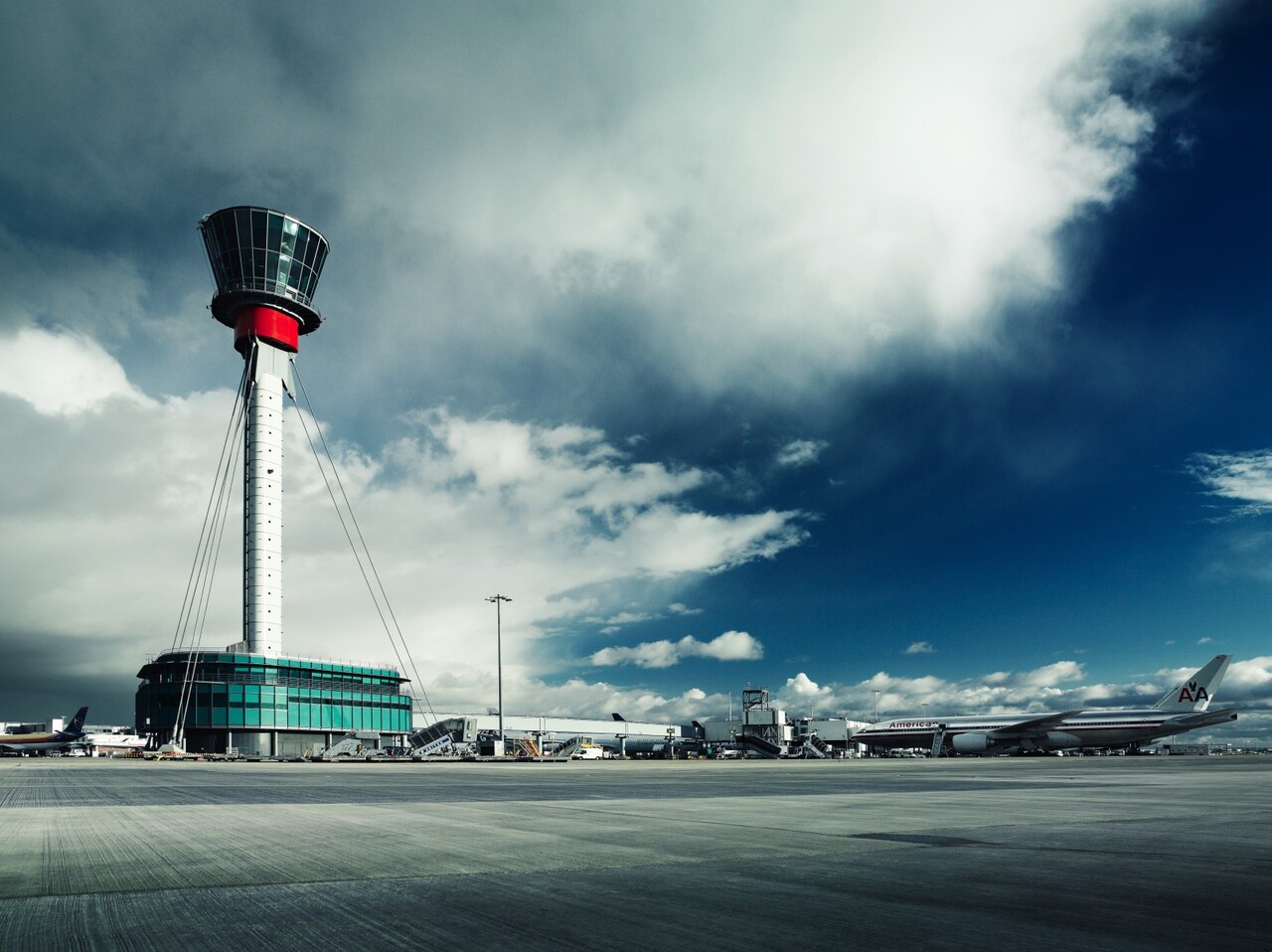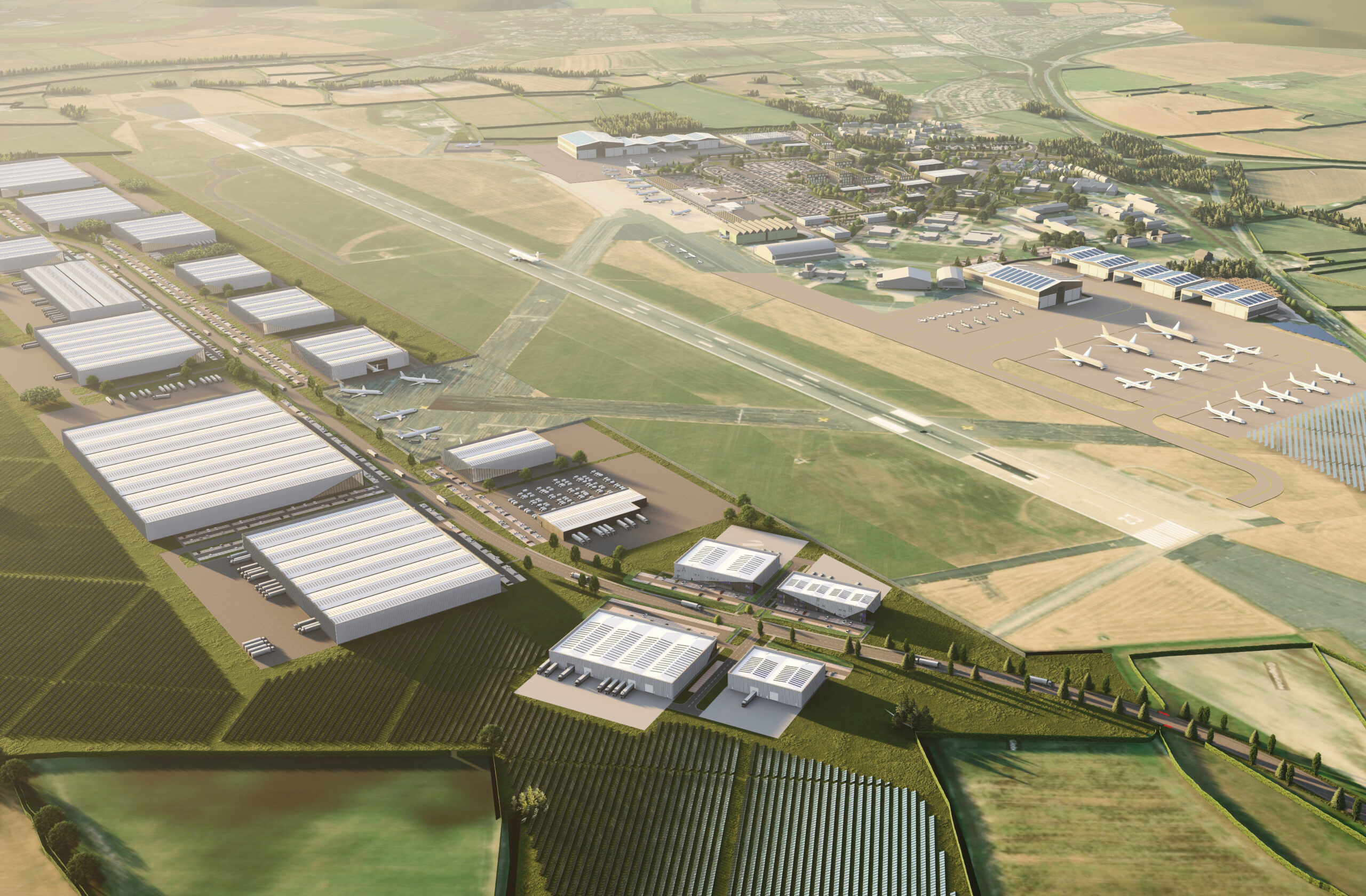In today’s fast-paced aviation industry, ensuring the health and safety of employees is paramount; visibility, insight and control are of top priority.
Ruth Nixon, Aviation and Services Account Manager at Radiocoms Systems Ltd, sheds light on how communications technologies are revolutionising health and safety practices within the aviation industry.
Q: How do communication systems help to support the health and safety risks faced by the aviation sector?
Ruth Nixon: Working in the aviation industry you have a profound responsibility with every decision you make; it could impact thousands of people at one time – decisions that are carefully planned and orchestrated to the reactionary being made in response to an unforeseen event or emergency. Despite facing unique challenges and pressures, both situations require delivery of clear communication for successful resolution.
For example, when it comes to PRM services, a partnership between the service provider, the airline, airport and ground handling is essential to ensure the safety and well-being of passengers with disabilities. In 2022 3.45 million passengers received assistance at UK airports. If there is a breakdown in communication, a passenger with reduced mobility may not receive the assistance they require to navigate the plane or airport safely, putting that passenger at risk.
Today there are options and considerations – digital mobile radio (DMR), TETRA and/or PTT-over-broadband (BBPTT) or LTE, hybrid, telematics, standalone or connected? – you need a base for making your decisions.
In partnership with our customers Radiocoms works through a process that creates a roadmap for now and in the future. One size definitely doesn’t fit all, and awareness is key. By integrating various technologies and software applications you can create a system that allows you to: see what’s happening, make something happen or explore why it happened. This not only enhances the overall safety culture but also creates better situational awareness for response times and improved outcomes.
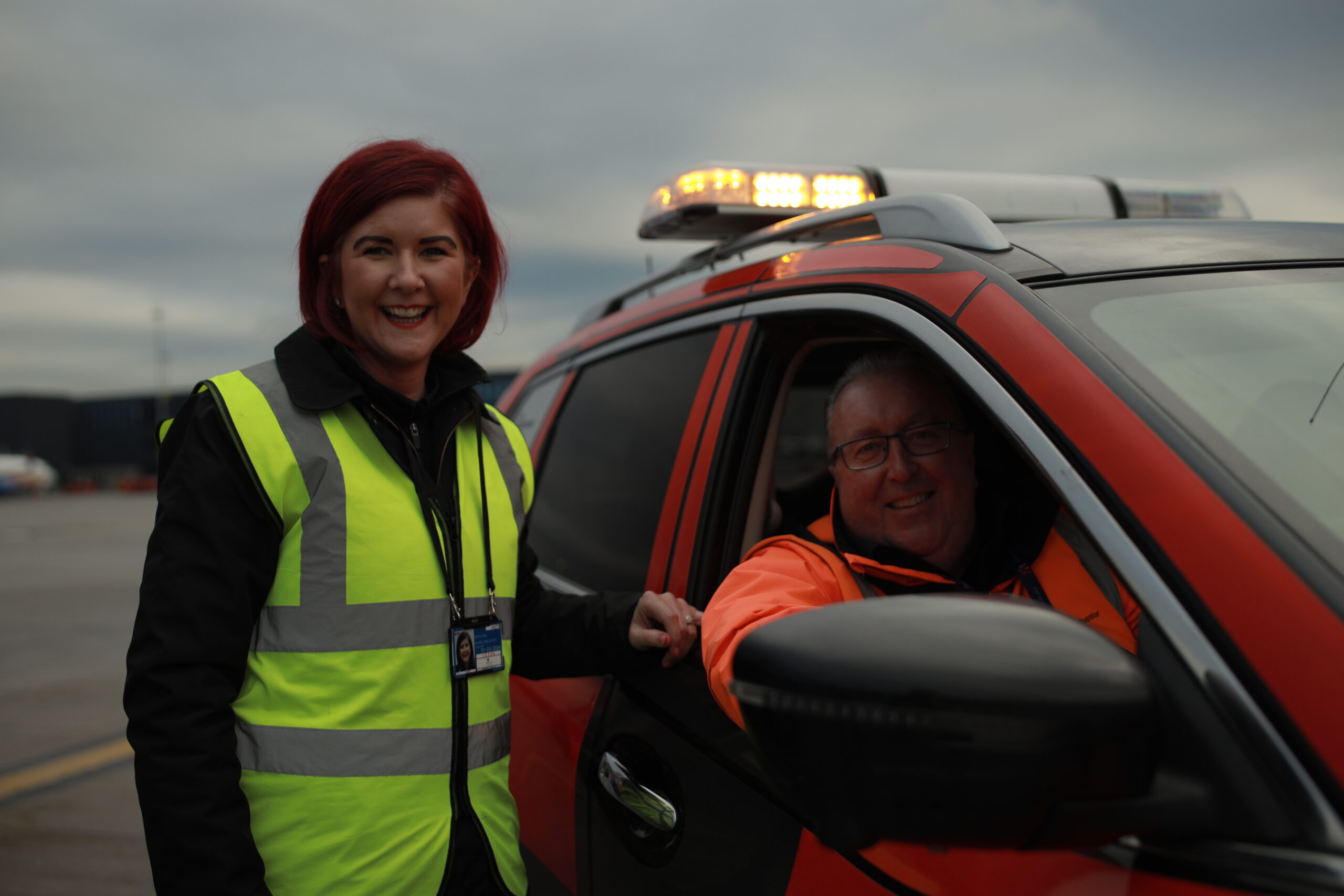
Q: How important is collaboration and data sharing among stakeholders to enhance safety compliance?
RN: Each stakeholder has a shared responsibility. Incidents cause major disruption and losses can run into thousands; and with higher levels of new employees being onboarded this has never been more key.
One example is ground handling. While significant advancements have been made in enhancing passenger and employee safety in the aviation industry over the last thirty years, ground support communication has lagged behind. Unfortunately, it continues to rely on outdated methods such as hand signals, shouting or awkwardly relying on a single team member to communicate with the pilot, leaving the rest of the ground crew puzzled and out of the loop.
In 2023 eight ground handling companies were served notices for health and safety breaches. It is clear that there is a pressing need for improved communication.
Q: Are there any noteworthy success stories related to these solutions?
RN: Business intelligence isn’t something you’d traditionally associate with two-way radios, or BBPTT, but with digitally-powered unified communications, you can now enhance these systems by integrating powerful data and software applications. This enables transparency and accountability during and after events, all controlled from a single device.
Such was the case for ABM who deployed a BBPTT solution with smart devices and a software app. New levels of interoperability and team collaboration are now possible, which has supported their HSE KPIs.
Another example is Manchester Airport Group (MAG). By using a MOTOTRBO capacity max radio system and data created by their TRBOnet software, they now have a centralised platform for both voice and data and history to analyse past incidents, supporting goals within their health, safety and operational resilience strategy.
Q: What future developments in aviation health and safety technology do you foresee, and how can they further enhance safety practices?
RN: We are continually seeing new features and functionalities become available. Two-way radios and BBPTT no longer have the limitations they once did. They integrate with other technologies, can control assets, GPS track, support software apps and operate with full multimedia capabilities.
Video security systems such as those from Avigilon include artificial intelligence, providing unified connectivity with other technology such as digital two-way radio and body-worn cameras.
This is allowing our customers to narrow down the number of devices being used, which has certainly made a difference when budgeting.
Q: In conclusion, how would you summarise the impact of communications technology on health and safety in the aviation industry?
RN: Feedback from our customers has been clear that technologies such as two-way radio, BBPTT and telematics have really raised the bar for safety measures. With even more advancements on the horizon, we can expect to see more integration in order to support an even safer environment for all involved in aviation.
About Radiocoms
Since 1973, Radiocoms, a provider of business critical communication solutions, has been a trusted supplier to airports, airlines and aviation services including MAG, Heathrow Airport, British Airways, Virgin Atlantic, United Airlines, Jet2, Do & Co, Enterprise Rent-A-Car, National Express and Menzies. This is all supported by their airport based engineering teams and managed services providing 24/7 support.
Download a PDF of this article which appeared in the 2024 Airport Industry-News magazine here.



